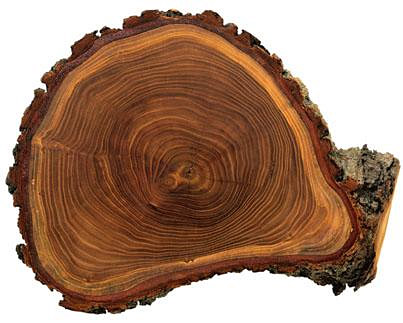 Our product is going to be really cool! We believe we have some truly innovative offerings that nobody has and will be the driving force behind why people choose our product.
Our product is going to be really cool! We believe we have some truly innovative offerings that nobody has and will be the driving force behind why people choose our product.
Too bad I can’t share them with you!
When our public beta has commenced, I will be able to tell you what they are, but for now, I want to share some things I have learned from reading Seth Godin’s book, Free Prize Inside.
I admit to being one of those people who rarely buys books. I wasn’t always like this. In the late ’90s I was an avid business book reader. So why did I buy this book? First of all, I’ve been reading the author’s blog, and he usually has at least a few great posts a week worth thinking about.
Secondly, the concept of a free prize interests me. A free prize is something about your product or your service that is worth remarking on, something worth seeking out and buying. The free prize isn’t about what people need, it’s what satifies our wants.
In today’s market, a free prize can drive your products success — rather than expensive television or online advertising campaigns.
Some examples of a free prize:
- The free toy inside of a cereal box
- The free breadsticks and salad at Olive Garden
- Chewable vitamins for kids with Flinstones shapes
- MacMall is now selling Apple Computers with Windows pre installed (rather than have to hack it together yourself)
A free prize gets people talking about your product, and gives you a huge edge. It’s something your competition doesn’t have.
The free prize is often something simple, rather than an expensive overhaul of a business. We think that’s what we’re doing with Roundup — building off of the typical time tracking methods, and creating a new way to track your time.
We think our product has several free prizes. Stay tuned.
 One of the key things I’m learning about as we build our web application, is that it’s far too easy to lose sight of what your product does.
One of the key things I’m learning about as we build our web application, is that it’s far too easy to lose sight of what your product does.